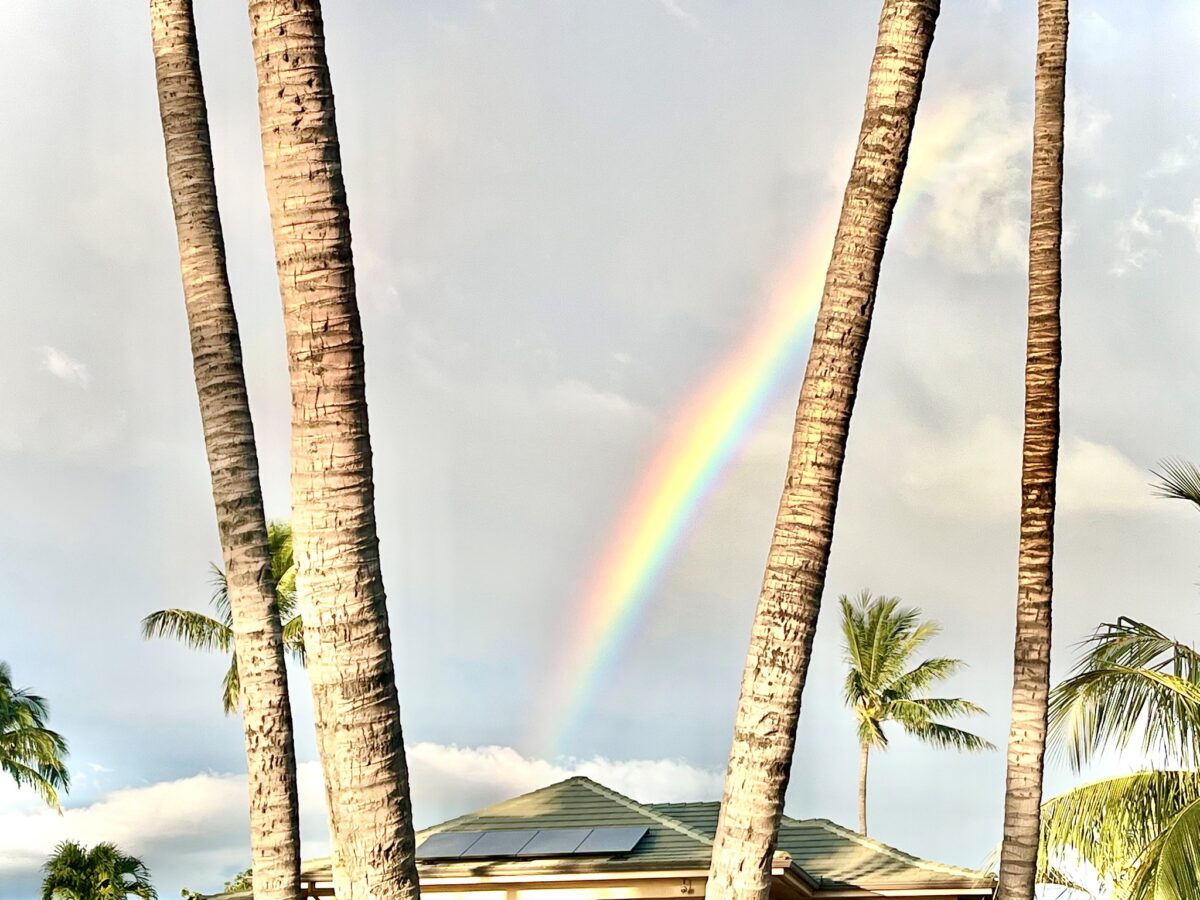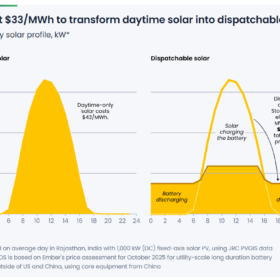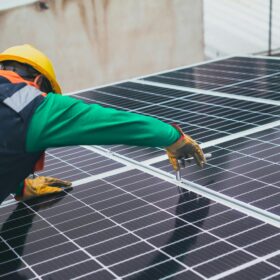Hawaii, the top per-capita state for residential solar-plus-storage systems, passed a law to push its buildout further.
The new law aims to advance the state’s rooftop solar and storage buildout, which already has the most mature rooftop solar market in the United States.
After facing relatively little opposition from the state’s utilities and unanimously passing through the legislature, the bill breezed to the Governor’s desk before abruptly landing on his intent-to-veto list. The legislation was initiated through an executive order by the governor, so the move was unexpected.
Hawaiian law requires the governor to issue a list of bills they intend to veto 10 days before the veto deadline. The governor is not required to veto every bill on the list, but they cannot veto bills that are not included.
Of the 320 bills the Hawaiian Legislature passed during this year’s session, the renewable energy bill was among just 20 bills Gov. Green said he intended to veto.
“Maintaining Hawai‘i’s leadership in clean energy through established goals and initiatives remains a priority,” the governor said in his veto rationale. “The Public Utilities Commission has already opened or plans to open proceedings relating to microgrid services tariffs and customer-sited distributed energy resources and grid services. The mandates contained in this bill therefore risk duplication and delay of already existing efforts.”
Ultimately, however, Gov. Green gave his approval to expand the state’s current efforts.
What’s in the bill?
Under SB 589, the Public Utilities Commission (PUC) will be required to establish a goal of installing 50,000 new customer-sited distributed energy resources, such as rooftop solar and battery storage, in Hawaii before 2031.
The goal is ambitious, but Hawaii leads the country for residential solar-plus-storage systems. According to the legislature, 96% of all residential rooftop solar installations in Hawaii include energy storage.
The law would also direct the PUC to establish, rather than use, tariffs for grid service programs, microgrids, community-based renewable energy and “wheeling”. Wheeling is the transmission of renewable electric power from a storage or an energy generation system through the utility meter for consumption by a separate utility account holder. The PUC would be required to establish policies and procedures to implement wheeling and microgrid service tariffs before 2027.
The legislation provides for “fair compensation for solar and energy exports” under its requirement for customers in grid service programs to be compensated for any excess energy exported to the grid from their solar-plus-storage system at the full retail rate of electricity.
According to the legislature, Hawaiian Electric service territories achieved a renewable portfolio standard of 36.7% as of September 2024, which the legislature said rooftop solar systems account for nearly half of. Kauai Island Utility Cooperative achieved an even higher renewable portfolio standard of 57.9%, with 23.2% coming from rooftop solar installations.
Hawaii has a commitment to achieve a 100% renewable portfolio standard by the end of 2045. Customer-sited distributed energy resources, such as rooftop solar and energy storage systems, are essential to reaching these goals, the legislature said.
Hawaii leads the country for residential solar-plus-storage systems, with 96% of all residential rooftop solar installations now including energy storage, the legislature said.
Installations accelerated in recent years, as 78% of the rooftop installations in Oahu, Hawaii Island and Maui Country included battery storage just five years ago.
“Notably,” the legislation said, “programs like Hawaiian Electric’s battery bonus program have demonstrated the potential of distributed energy resources to address critical capacity needs, enrolling forty megawatts of storage on Oahu and six megawatts on Maui to respond to energy adequacy and reliability emergencies.”
Hawaii’s solar-batteries market was partially buoyed by a program called Battery Bonus, which reached its enrollment cap in Oahu and closed in December 2023. Hawaiian Electric customers on Maui had 7.2 MW of capacity remaining as of February 2024.
However, Hawaiian Electric replaced its temporary Battery Bonus Program last year with a new program called Bring Your Own Device (BYOD), which was seen as far less lucrative program for customers.
Hawaii legislators introduced a bill last year that sought to undo some of the damages sparked by the new program, but it made relatively little progress.
On Dec. 31, the PUC initiated a proceeding to discuss reforming the program.
“Owners of DERs with battery systems place great value on the personal resilience afforded by their systems,” the PUC said, “and it appears that, in order to succeed, compensation provided for grid-services must be unambiguously and sufficiently greater than the benefits of self-consumption.”
Hawaii has the highest electricity rates in the country despite consuming the least amount of electricity, according to the U.S. Energy Information Administration. High prices are also often compounded by power instability. Frequent instances of extreme weather across Hawaii can cause blackouts and brownouts, whether as a direct result of storms and wildfires or as preventative measures to mitigate further infrastructural damage.
Hawaii leads the nation in non-residential distributed generation, ranking first per capita, according to the Solar Energy Industries Association. Additionally, 36% of homes in the Aloha State have solar, but the state’s residential solar is ranked 24th per capita. For comparison, in California, the number-one state per capita for residential solar, 24% of homes have solar.
Read about other solar-related bills state lawmakers debated this legislative session here.
This content is protected by copyright and may not be reused. If you want to cooperate with us and would like to reuse some of our content, please contact: editors@pv-magazine.com.









By submitting this form you agree to pv magazine using your data for the purposes of publishing your comment.
Your personal data will only be disclosed or otherwise transmitted to third parties for the purposes of spam filtering or if this is necessary for technical maintenance of the website. Any other transfer to third parties will not take place unless this is justified on the basis of applicable data protection regulations or if pv magazine is legally obliged to do so.
You may revoke this consent at any time with effect for the future, in which case your personal data will be deleted immediately. Otherwise, your data will be deleted if pv magazine has processed your request or the purpose of data storage is fulfilled.
Further information on data privacy can be found in our Data Protection Policy.